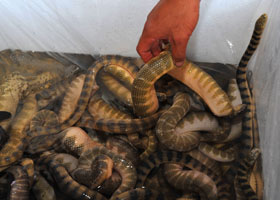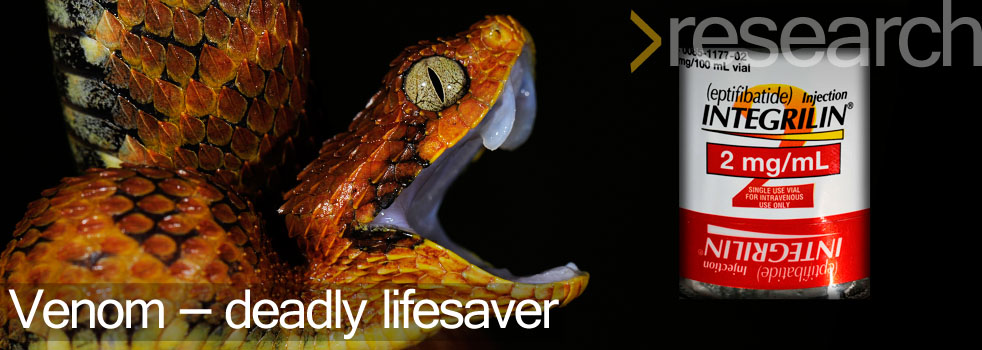What We Do

|
From farthest corners of the world to the research lab, Zoltan and his colleagues' work focuses on creating and screening toxin libraries for drug discovery and understanding what makes snakes resistant to their own toxins. On his side, Zoltan travels with a camera to capture the beauty of nature's deadliest and the enviroment they live in.
|
|
100,000 Fatalities Every Year

|
|
Bites and stings by venomous animals kill over 100,000 people each year, many more are left with permanent disabilities. That is over 10 times more fatalities than due to land mines. Tropical farmers, the income earners of rural families are the typical victims. While the scientific knowledge to make excellent and affordable antivenoms exists, sadly, for the majority of those who are bitten and stung, antivenom therapy is not an option. Simply they cannot afford the price tag and rural hospitals rarely stock them. Animal venom poisoning is a neglected tropical disease, a disease of poverty.
|

Snake bite victim paralysed, kept alive by mechanical ventilation. Hospital has no antivenom in stock.
|
20 Medicines from Animal Venoms

|
|
What makes venom so deadly also makes it ideal template for drugs — currently treating and saving the lives of millions each year. Toxins in venoms evolved to immobilize and kill prey and predator. With extreme precision, toxins aim for targets controlling vital mechanisms like nerve-to-muscle signaling, blood circulation, or coagulation. Often, the very same targets are implicated in diseases. Thus having control of those targets with toxins or toxin-derived molecules have a therapeutic effect. Venoms are the source of 20 medications for heart attack, heart failure, high blood pressure, diabetes, cancer and HIV pain. Several more toxin drug-leads are in clinical trials.
|

Animal venom-based drug examples.
|
Unexplored and at Risk

|
|
Despite the enormous medical, scientific, and economic value in venoms, most of the world's toxins — an estimated 20 million in all sorts of venomous creatures from sea anemones to snakes — remains unexplored. Likewise, basic natural history knowledge is lacking for many species. Yet, venomous animals are removed from the wild by hundreds of tons a year, traded and killed. Their environment, be it coral reef, tropical rain forests or else, are deteriorating and shrinking. Loosing these "evolutionary goldmine" species and their living grounds also erases an unparalleled opportunity for medicine.
|

Sea snakes shipped as food for China.
|
|

